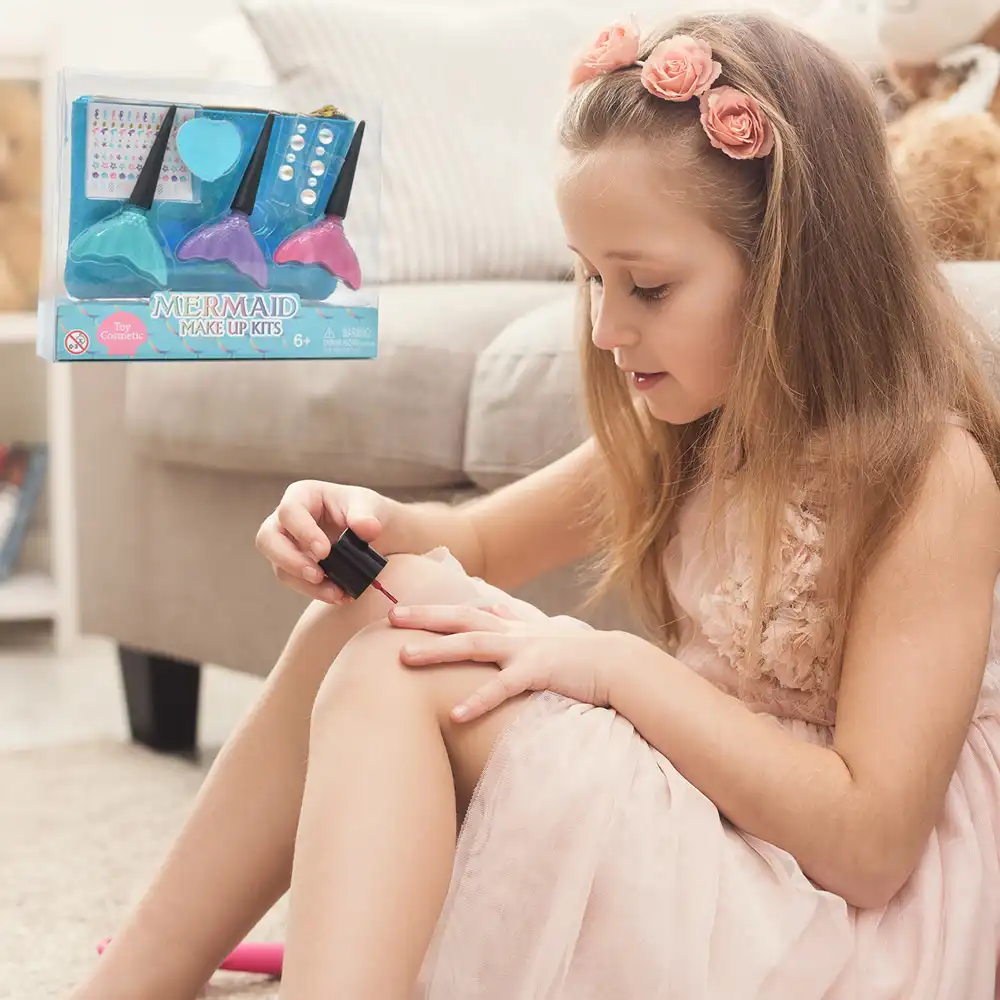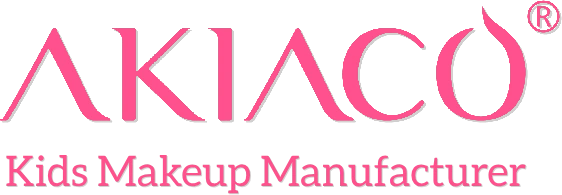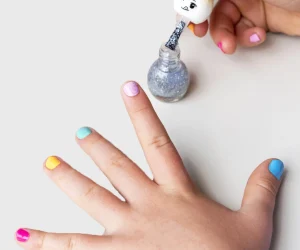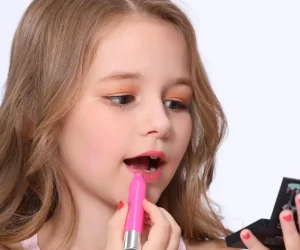How to deal with expired children’s nail polish?
Table of Contents
With the improvement of beauty awareness, children’s nail polish has become a common item in many families. Compared with adult nail polish, children’s nail polish has milder ingredients and safer formulas, which are suitable for children’s delicate nails. However, no matter how high-quality nail polish is, it has a shelf life. Once it expires, it will not only affect the use effect, but also may have adverse effects on health. This article will discuss in detail how to properly deal with expired children’s nail polish, including how to identify whether the nail polish is expired, how to deal with expired nail polish, environmentally friendly treatment methods, and how to prevent waste.

The shelf life and expiration performance of children's nail polish
Every cosmetic or beauty product has its shelf life, and children’s nail polish is no exception. Generally, the shelf life of children’s nail polish is between 1 and 2 years, but the specific time may vary depending on the brand and ingredients. Knowing how to identify whether children’s nail polish is expired is the first step for parents before dealing with nail polish.
Expiration date label
Many children’s nail polish packaging will have a clear expiration date, usually indicated by “manufacturing date” and “shelf life”. For example: “Manufacturing date: March 2023, shelf life: 2 years” means that the nail polish will expire in March 2025. Parents should check the bottle label of the nail polish regularly to ensure that it is used up before the expiration date.
Visual and odor changes
Even if the expiration date has not expired, children’s nail polish may show signs of deterioration in advance if it is not stored properly. Common expiration manifestations include:
Color changes
Nail polish may precipitate, delaminate, or darken or yellow in color.
Abnormal odor
Expired nail polish may emit a pungent chemical odor, especially when the ingredients in it begin to decompose.
Texture changes
Nail polish becomes thinner or thicker, or even cannot be applied evenly.
Decreased use effect
Expired children’s nail polish often cannot dry properly, and is prone to uneven application, poor adhesion, and may even cause nail damage or skin irritation.


Safety hazards of expired children's nail polish
After clarifying whether the children’s nail polish is expired, parents need to understand the potential hazards of using expired nail polish:
Skin allergies and irritation
Expired children’s nail polish may cause skin allergies or nail damage. In particular, the chemical components in it may decompose after expiration, producing substances that are harmful to the skin, causing allergic reactions such as redness, swelling, and itching. Children’s skin is relatively sensitive and more easily affected.
Respiratory problems
The smell of expired nail polish usually becomes pungent or even toxic. Long-term inhalation of this volatile gas may have adverse effects on children’s respiratory tract, causing symptoms such as dizziness and nausea.
Nail health problems
Expired nail polish may affect the health of the nails, such as causing the nails to turn yellow, become brittle, or even crack. Children’s nails are thinner, and long-term use of expired products may cause slow growth or damage to their nails.
How to deal with expired children's nail polish
When it is found that children’s nail polish has expired or deteriorated, parents should take appropriate measures immediately. Here are several effective ways to deal with expired nail polish:

Classification and recycling
Nail polish bottles are usually made of glass or plastic and can be recycled according to local garbage classification standards. Parents should first pour out the expired nail polish, wipe the residue in the bottle with paper towels or cotton cloth, and then put the glass bottles or plastic bottles into the corresponding recycling bins according to local recycling regulations.
Avoid pouring directly into the sewer
Nail polish contains certain chemical components, and pouring it directly into the sewer may pollute the water source. Therefore, parents should avoid pouring nail polish into drainage systems such as toilets and sinks. The correct way is to pour nail polish on highly absorbent items (such as paper towels or cotton) and then put it in the trash can.
Use as handicraft material
Although expired children’s nail polish is no longer suitable for painting nails, it can still be used for other creative handicraft activities. For example, it can be used to decorate stones, old toys or other items that do not need to touch the skin. This not only avoids waste, but also brings new fun.
Consult local waste disposal agencies
Some places have special hazardous waste disposal stations. Parents can consult local waste management departments to find out if there are special channels for handling expired cosmetics. This method is more environmentally friendly and can ensure that the chemicals in nail polish will not have a negative impact on the environment.
Suggestions for environmentally friendly treatment of expired nail polish
In order to reduce the impact of expired nail polish on the environment, parents can adopt some more environmentally friendly treatment methods:

Reduce the frequency of purchase
Although children’s nail polish is colorful, parents should avoid buying too many colors and styles at one time. Buy according to the needs of the child in moderation and avoid hoarding too much nail polish, which can reduce the waste caused by expired products.
Choose environmentally friendly products
Some brands offer biodegradable or natural nail polishes. Parents can give priority to these environmentally friendly products, which will not have a significant impact on the environment even if the products expire.
Participate in brand recycling programs
Some beauty brands have launched programs to recycle old cosmetics. Parents can pay attention to the policies of relevant brands and return expired nail polish to brand counters or participate in recycling activities by mail. Such programs usually properly dispose of waste, and some brands also provide discounts or rewards for participants.
How to extend the service life of children's nail polish
In addition to dealing with expired nail polish, parents can also extend the service life of children’s nail polish and reduce waste through the following methods:
Proper storage
The environment in which nail polish is stored is crucial to its shelf life. Children’s nail polish should be stored in a cool, dry, dark place, avoiding direct sunlight and high temperature environment. In addition, the bottle cap should be tightened to prevent the volatile components in the nail polish from evaporating too quickly.
Regular inspection
Parents should check the children’s nail polish stored at home every once in a while to see if there are any signs of deterioration. This can timely detect and deal with products that are about to expire, and avoid accidentally using expired nail polish.

Reasonable frequency of use
Although children like to change nail colors frequently, parents should reasonably control the frequency of use. Frequent use of nail polish will not only accelerate the consumption of the product, but may also have a negative impact on the health of children’s nails. Through a reasonable use plan, the waste of nail polish can be reduced.
Conclusion
Once children’s nail polish expires, it must be properly handled to avoid harm to health and the environment. Parents should learn to identify whether nail polish is expired, and adopt environmentally friendly methods such as classified recycling, creative use or consulting professional disposal agencies to deal with expired products. At the same time, through correct storage, reduced purchases and reasonable use, the service life of nail polish can be effectively extended and waste can be reduced. Proper disposal of expired nail polish not only helps protect family health, but also contributes to environmental protection.
Related Products
Share this post and explore with us!




